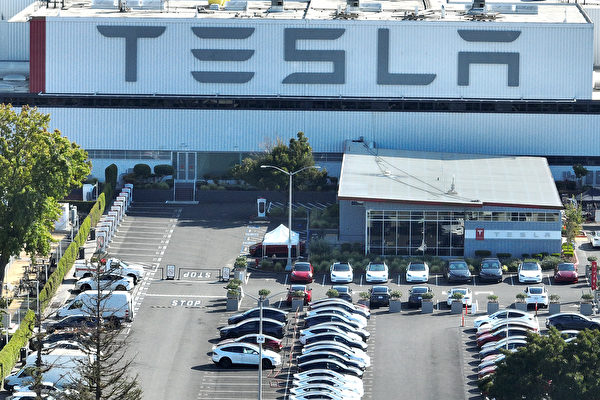Tesla, the American electric car manufacturer, announced on Tuesday (April 23) before releasing its quarterly financial report that it will be laying off 6,020 employees in Texas and California.
According to Reuters, CEO Elon Musk is expected to outline the electric vehicle maker’s strategies in response to slowing demand and declining profit margins in the financial report.
Facing pressure from declining sales and intensified price wars among electric vehicle manufacturers, Tesla announced last week that it would be cutting its workforce by over 10% globally, without specifying the exact number of employees affected by the layoffs.
Under US labor laws, companies with 100 or more employees must issue a 60-day advance notice when planning closures or large-scale layoffs.
The notice revealed that starting from June 14th, Tesla will be laying off 3,332 employees in California and 2,688 in Texas.
The number of job cuts in Texas accounts for 12% of Tesla’s total workforce of 23,000 employees in the “gigafactory” and headquarters located in the greater Austin area.
The global layoffs also include 285 employees in Buffalo, New York, where Tesla’s Autopilot division is located, as well as the production base for Tesla’s fast charging equipment.
According to documents submitted by Tesla to US regulatory agencies, the company’s total number of employees at the end of last year exceeded 140,000, up from around 100,000 at the end of 2021.
Due to higher interest rates dampening consumer appetite for big-ticket purchases, Tesla has been slow to update its outdated models, while its Chinese competitors with excess capacity are rolling out cheaper models.
Additionally, more and more consumers are opting to purchase lower-priced hybrid gasoline cars because of their longer driving range.
Reuters reported that Tesla’s stock price, based in Austin, Texas, saw a turnaround on Tuesday before the release of the first-quarter financial report, rising by approximately 2% following a cumulative decline of 19% prior to this.

